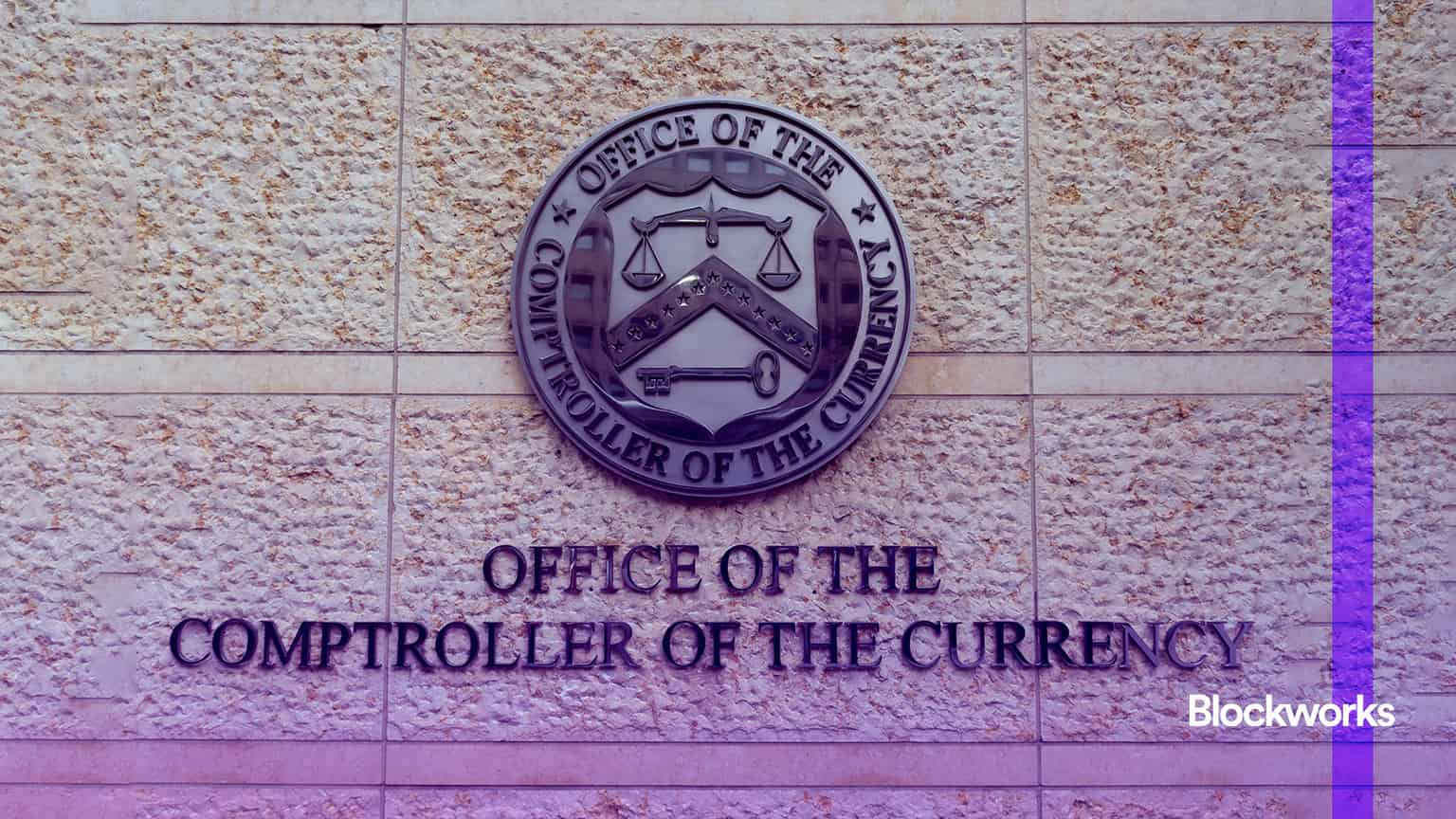A BTC check-in as price sinks below $80K
Uncertainty around the US economy’s outlook is spurring a risk-off wave

Ivan Popovych/Shutterstock modified by Blockworks
This is a segment from the Forward Guidance newsletter. To read full editions, subscribe.
I’d say it’s a good time for another Monday market check-in after bitcoin retreated below $80,000.
BTC’s price at 2:10 pm ET: $78,100 (a 3% drop in 24 hours). Investors took $740 million out of the US spot bitcoin ETFs from March 3-7, marking the category’s fourth straight week of net outflows.
Some of the price dip could be attributed to the lack of new information at Friday’s crypto summit.
LMAX Digital’s Joel Kruger argued that current crypto market weakness is “more about a sell-the-news effect and overdue technical correction than anything else.”
But there’s more at play, of course, as uncertainty around the US economy’s outlook spurs a risk-off wave.
As YouHodler markets chief Ruslan Lienkha points out: Last year showed that bitcoin’s consolidation phase can last several months (even half a year) before the next upward move.
But, he argued, the current market environment presents more complexities.
“Pessimism has prevailed in the US stock market, and concerns about a potential recession in the US are growing,” Lienkha said in an email. “Given these factors, the current consolidation phase could evolve into a medium-term bearish market.”
Indeed, Donald Trump talked of a “period of transition” when asked about a possible recession. The S&P 500 and Nasdaq Composite indexes were down 2.8% and 4.3% on the day, respectively, as of 2:10 pm ET.
Still, Kruger believes bitcoin is getting closer to finding a bottom before a recovery in Q2. And the asset “should be exceptionally well-supported” at the previous resistance area between $69,000 to $74,000.
Kruger previously told me BTC’s store-of-value narrative could help it break away from “misleading” correlations to traditional risk assets.
But Lienkha notes: “While bitcoin has the potential to evolve into a hedging asset in the future, it is currently perceived by investors as a high-risk asset, often reacting to broader market sentiment even more strongly than traditional financial markets.”
So we’ll be watching the stock market.
After the European Central Bank cut rates for a sixth time last week, industry watchers also continue to keep an eye on how economic data could impact the Federal Reserve’s rate-cutting cycle. And the ripple effect of that.
Get the news in your inbox. Explore Blockworks newsletters:
- The Breakdown: Decoding crypto and the markets. Daily.
- 0xResearch: Alpha in your inbox. Think like an analyst.
- Empire: Crypto news and analysis to start your day.
- Forward Guidance: The intersection of crypto, macro and policy.
- The Drop: Apps, games, memes and more.
- Lightspeed: All things Solana.
- Supply Shock: Bitcoin, bitcoin, bitcoin.






